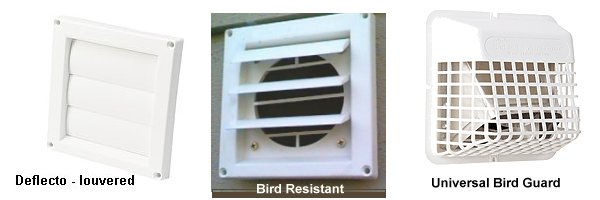How often do vents need cleaning?
The better a dryer vent blows, the less lint builds up in it. Short vents blow better than long ones. Full size dryers blow better than smaller stack dryers or older dryers. Vents with a lot of turns and elbows blow worse and build up more lint. Very short vents attached to full size dryers may never need cleaning! Most vents, however, need cleaning every two to three years, depending on the factors above.
Are dirty vents a fire hazard?
A plugged vent will certainly cause a dryer to run hotter and increase the chance that something could catch fire. A dirty vent, however, is only one link in a chain of events that must occur for a fire to start. Other events may include: failure of thermostat and limit switches in the dryer, lint inside the dryer, a missing or damaged lint screen, and a crushed hose behind the dryer. Some of our competitors employ "scare tactics" and reprint newspaper articles about fires caused by dryers. Though fire hazards may be exaggerated, many fire departments and insurance companies do require that dryer vents be inspected and cleaned regularly.
Bird Problems?
What can be done to keep Birds out?
Any device to keep birds out can also become plugged with lint. "If it ain't broke, don't fix it" is a good rule for dryer vents with no bird problems. If vents do attract birds, we recommend a three-stage approach to solving them:
Stage 1: Install Deflecto (brand) louvered vent cover. Very durable. Flaps stay closed.
Stage 2: Install Deflecto bird resistant vent cover. Has a bar between each flap. But difficult to see if bars become plugged.
Stage 3: Install Deflecto Universal Bird Guard over vent cover. Large plastic cage may or may not self-clean in wind and rain. Easy to remove and clean if plugged.
Most vent covers come in white or brown and are textured to be paintable.

